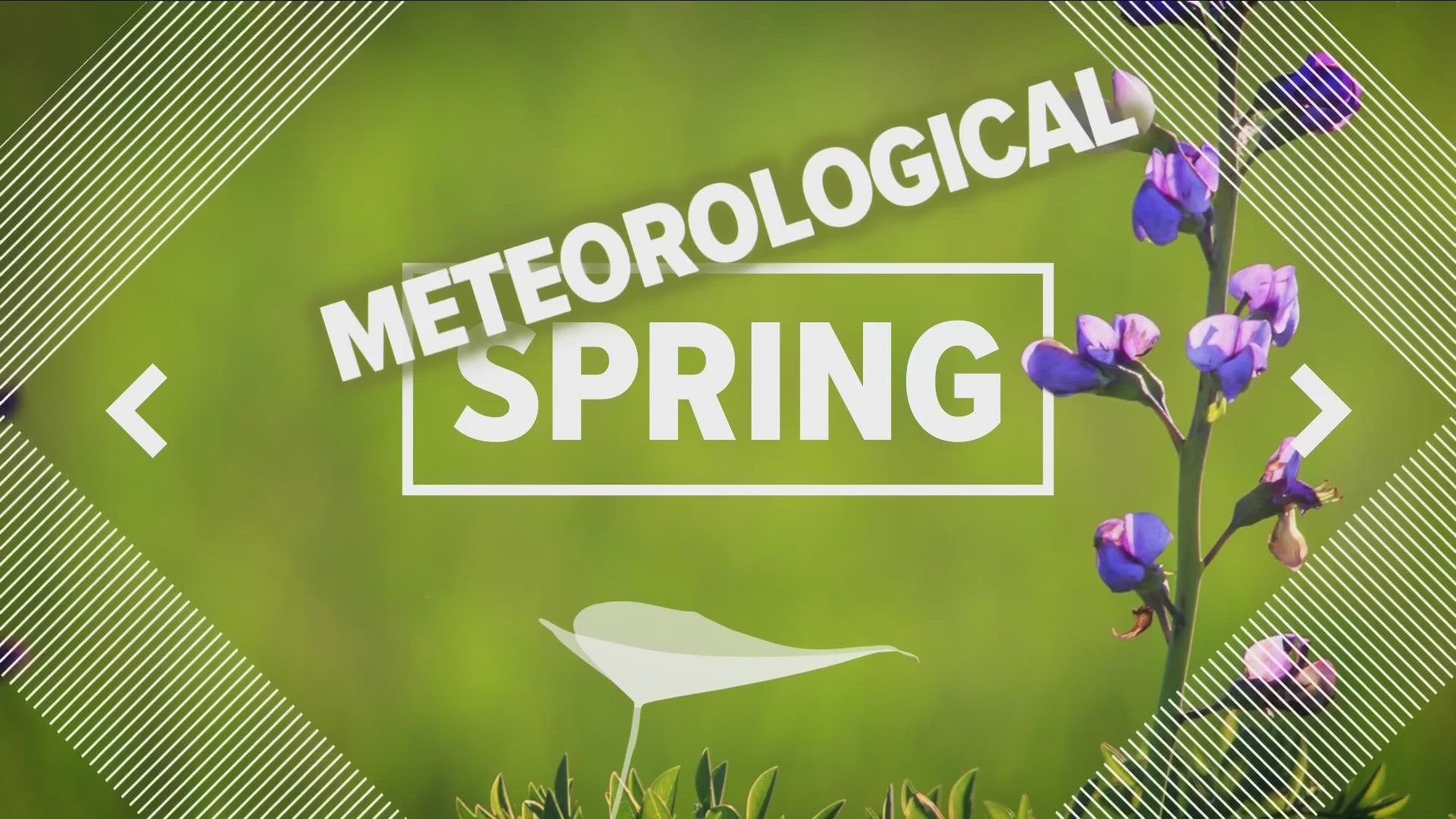BUFFALO, N.Y. — March 1 rolled around this week and meteorologists across the country marked the beginning of Spring. Spring also begins on Monday, March 20th at 5:42 p.m. So what's the difference?
Storm Team 2 Meteorologist Elyse Smith broke down the difference between meteorological and astronomical seasons on the 2 On Your Side Town Hall.
Let's start with meteorological seasons. The start and end of the seasons in the weather world is based on the Gregorian calendar. Meteorological spring, summer, fall, and winter all begin at midnight on the first of the month. March 1 is the start of meteorological spring, June 1 for summer, Sept. 1 for fall, and Dec. 1 for winter.
This consistency in the start and end of each season every year is important when it comes to data retention and accuracy, especially when studying local weather patterns and climate. And note how the start of the meteorological seasons is within the same month of astronomical ones.
As for astronomical seasons, the start and end date and time is based on the positioning of the earth and moon in orbit around the sun. The beginning of spring in the Northern Hemisphere, also known as the vernal equinox, occurs when the sun's most direct rays shine on the equator, and that occurs in March every single year, but the date and time varies year to year.
This is due to the slightly unequal calendar year here on earth compared to the time it takes the earth to fully orbit the sun in a year, and moon to fully orbit the earth in a month.
Those direct rays and increasing amount of daylight shifts to the Northern Hemisphere in the spring, then leading to astronomical summer, also known as the summer solstice. The opposite of the summer solstice is the winter solstice, and the opposite of the vernal equinox is the autumnal equinox.
At the end of the day, easy rule of thumb to remember the difference between meteorological and astronomical seasons is this: meteorological seasons are based on what happens here on earth, as that's where weather occurs.
Astronomical seasons begin and end based on what happens in space, which is the study of astronomy.

